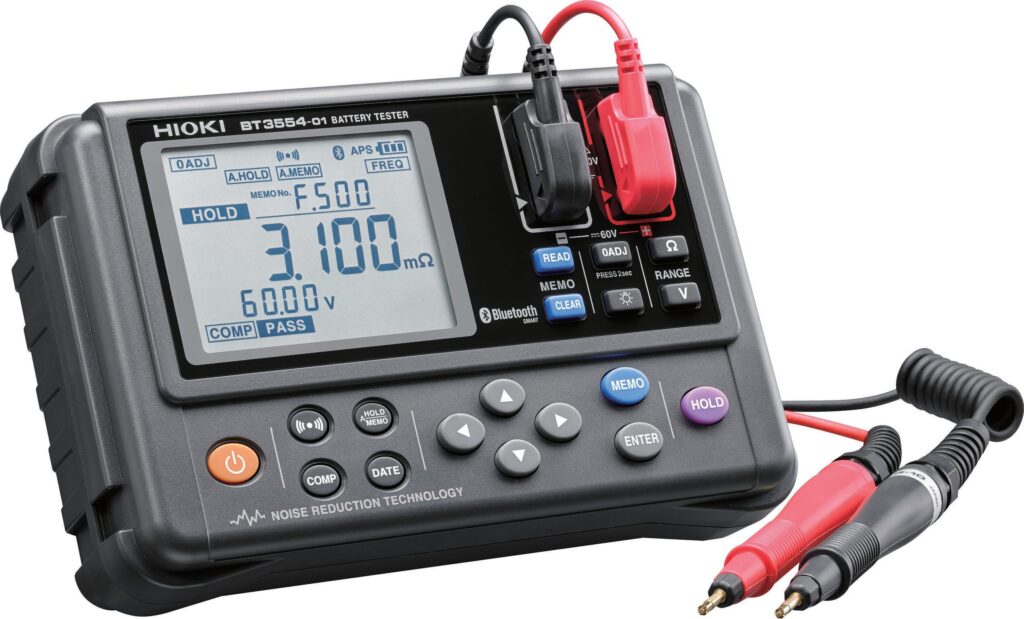Several pieces of equipment are commonly used to test lead-acid batteries to ensure they are functioning properly.
- Hydrometer: This device measures the specific gravity of the electrolyte in each cell of the battery. Variations in specific gravity can indicate the state of charge and overall health of the battery.
- Battery Load Tester: Load testers apply a controlled load to the battery while monitoring voltage and current. This test helps assess the battery’s capacity and ability to deliver power under load.
- Battery Analyzer: Battery analyzers provide a comprehensive assessment of a battery’s health by conducting various tests, including capacity testing, internal resistance measurement, and conductance testing. These devices often provide more detailed insights into a battery’s condition compared to simple load testers.
- Battery Charger: Charging a lead-acid battery with an appropriate charger can help diagnose certain issues, such as low voltage or sulfation. Some chargers come with diagnostic features to assess battery health during charging.
- Digital Multimeter: A digital multimeter is a versatile tool that can measure voltage, current, and resistance. It’s handy for troubleshooting battery issues and checking the voltage of individual cells.
- Battery Monitoring System (BMS): In larger battery systems, especially those used in industrial or commercial settings, a BMS is employed. This system continuously monitors battery parameters such as voltage, temperature, and state of charge, providing real-time data on battery health and performance.
- Thermal Imager: Thermal imaging cameras can identify hot spots on batteries, which may indicate internal faults or issues with cell balancing.
- Battery Discharge Tester: This equipment discharges the battery at a controlled rate to measure its capacity and performance under load.
- Battery Management Software: In some cases, software tools are used to monitor and analyze battery performance data collected by various testing equipment. These tools provide insights into battery health trends over time and help optimize maintenance schedules.
Using a combination of these testing tools and equipment allows for a comprehensive assessment of lead-acid batteries, helping to identify any issues early and ensure reliable performance.


